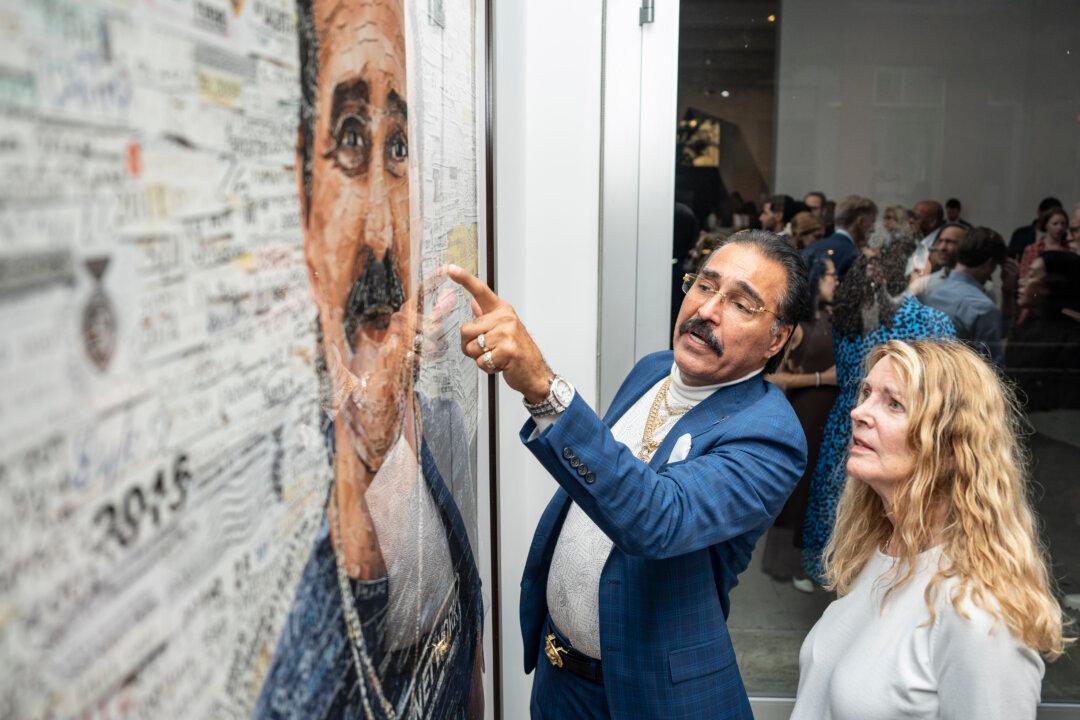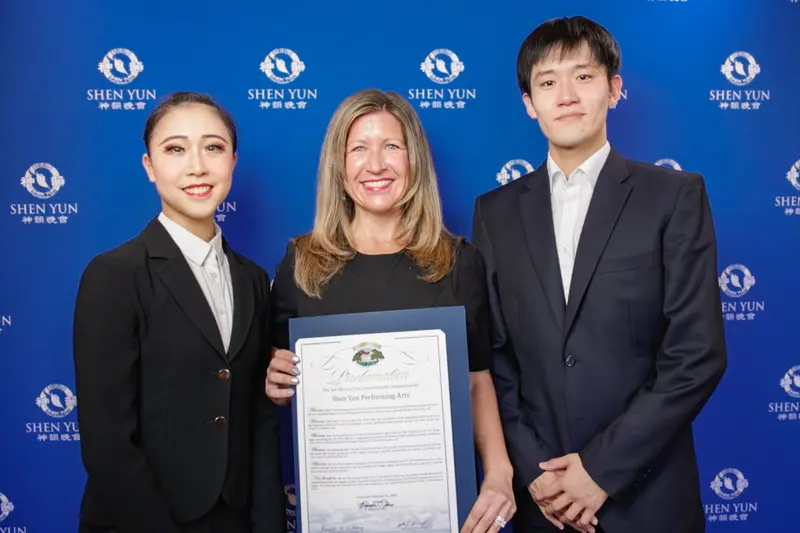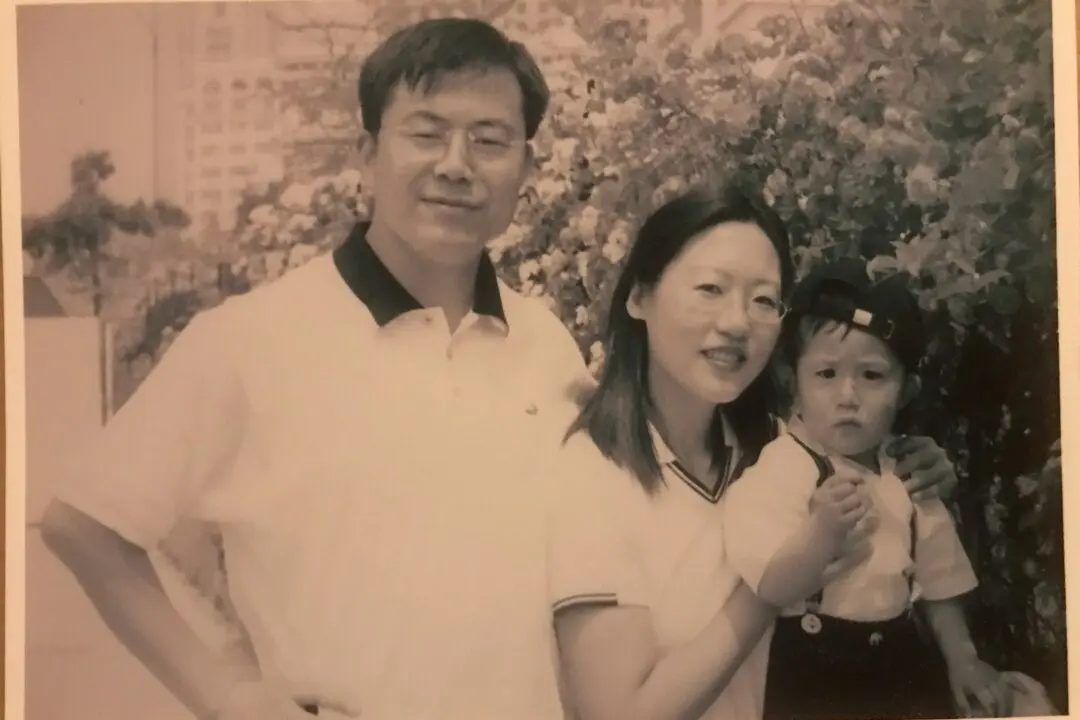NEW YORK CITY—Termaine Hicks will never forget Dec. 16, 2020. That was the day he walked free after 19 years of wrongful imprisonment.
Hicks is one of 251 people freed or exonerated from wrongful conviction through the assistance of the Innocence Project. He is also one of the first to have his likeness captured by Brazilian artist Vik Muniz as part of a collaboration series with the Innocence Project.





